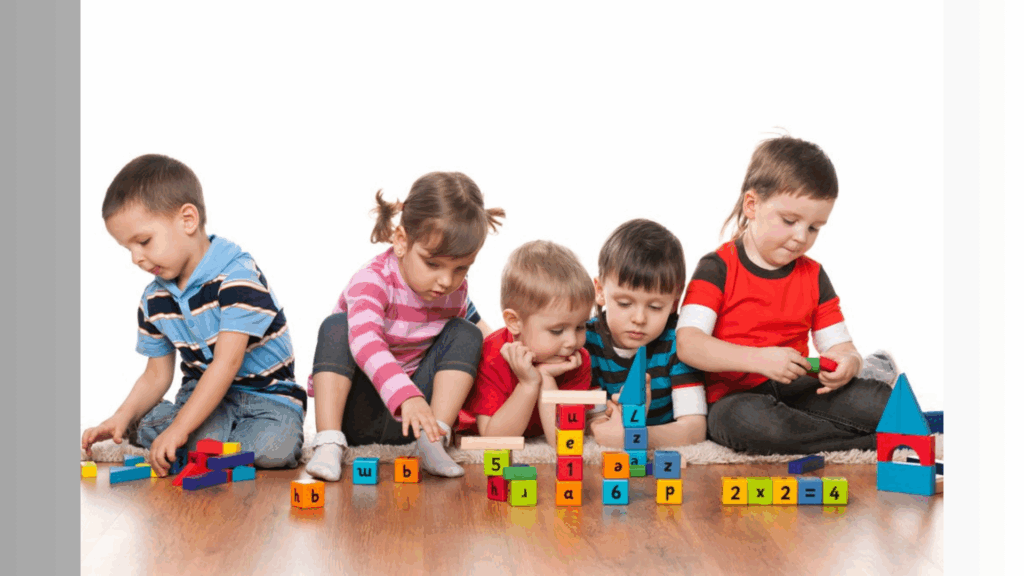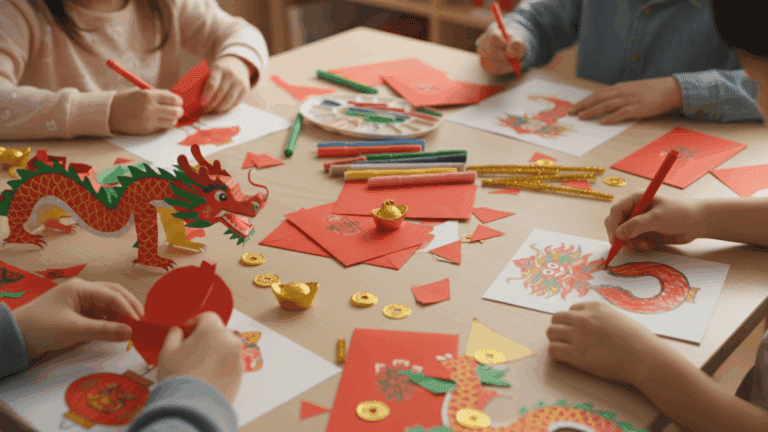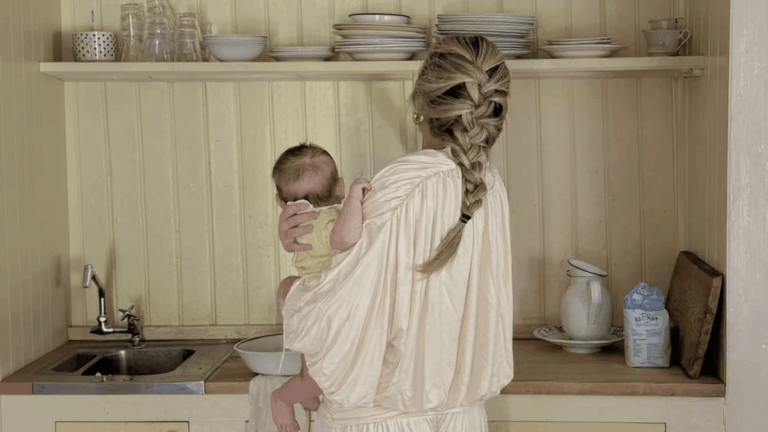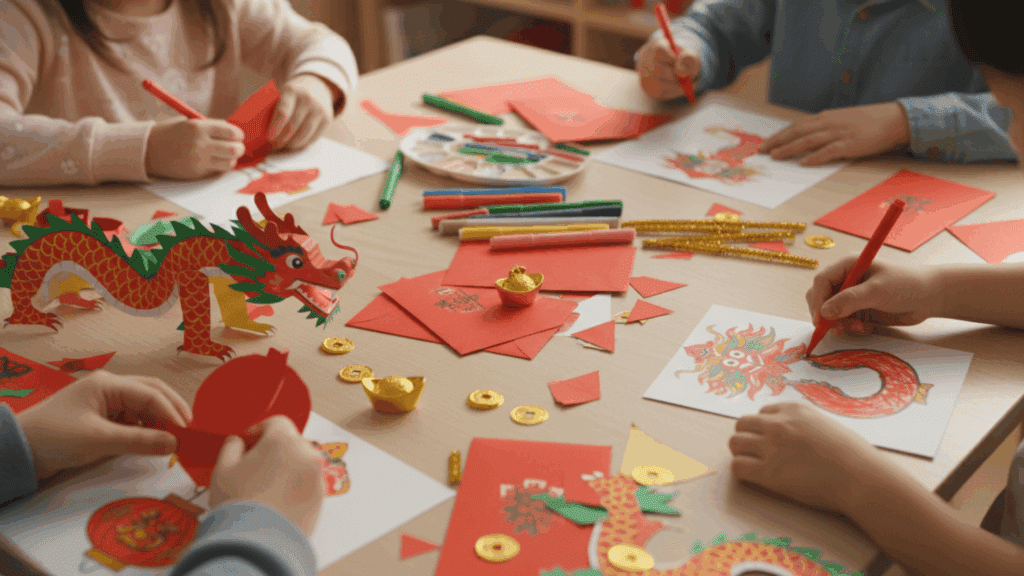Four-year-olds bounce from one idea to the next faster than parents can blink. Their minds crave new experiences, but not every activity captures their attention or helps them grow.
Many parents struggle to find the right balance between fun and learning when selecting preschool activities for 4 year olds.
The key lies in understanding what makes activities truly engaging for this age group.
This post will show parents how to choose activities that match their child’s development stage, boost essential skills, and keep little ones happily occupied.
How Do Preschool Activities Benefit 4-Year-Olds?
Preschool activities provide essential developmental benefits for 4-year-olds during this critical learning stage.
- Cognitive growth: It occurs through puzzles, counting games, and simple experiments that develop logical thinking, pattern recognition, and early math skills. These activities build attention span and help children understand cause-and-effect relationships.
- Language development: Accelerates through storytelling, singing, and group discussions. Four-year-olds expand their vocabulary, improve sentence structure, and build communication skills while letter recognition activities prepare them for reading.
- Social skills: Strengthen as children learn to share, take turns, and work together. Group activities teach friendship, navigation, conflict resolution, and appropriate social behavior while practicing listening and self-expression.
- Motor skills: Improve through drawing, cutting, building blocks, and outdoor play. These activities develop both fine motor control needed for writing and gross motor coordination for physical activities.
- Emotional regulation: As children learn to manage feelings in structured settings. They practice patience, cope with disappointment, and build confidence through task completion, creating a strong foundation for future academic and social success.
Preschool Activities for 4-Year-Olds to Try Now
Parents need activities that work right away without complicated setup. These tried-and-true options keep four-year-olds engaged while building important skills.
Creative Activities to Boost Imagination
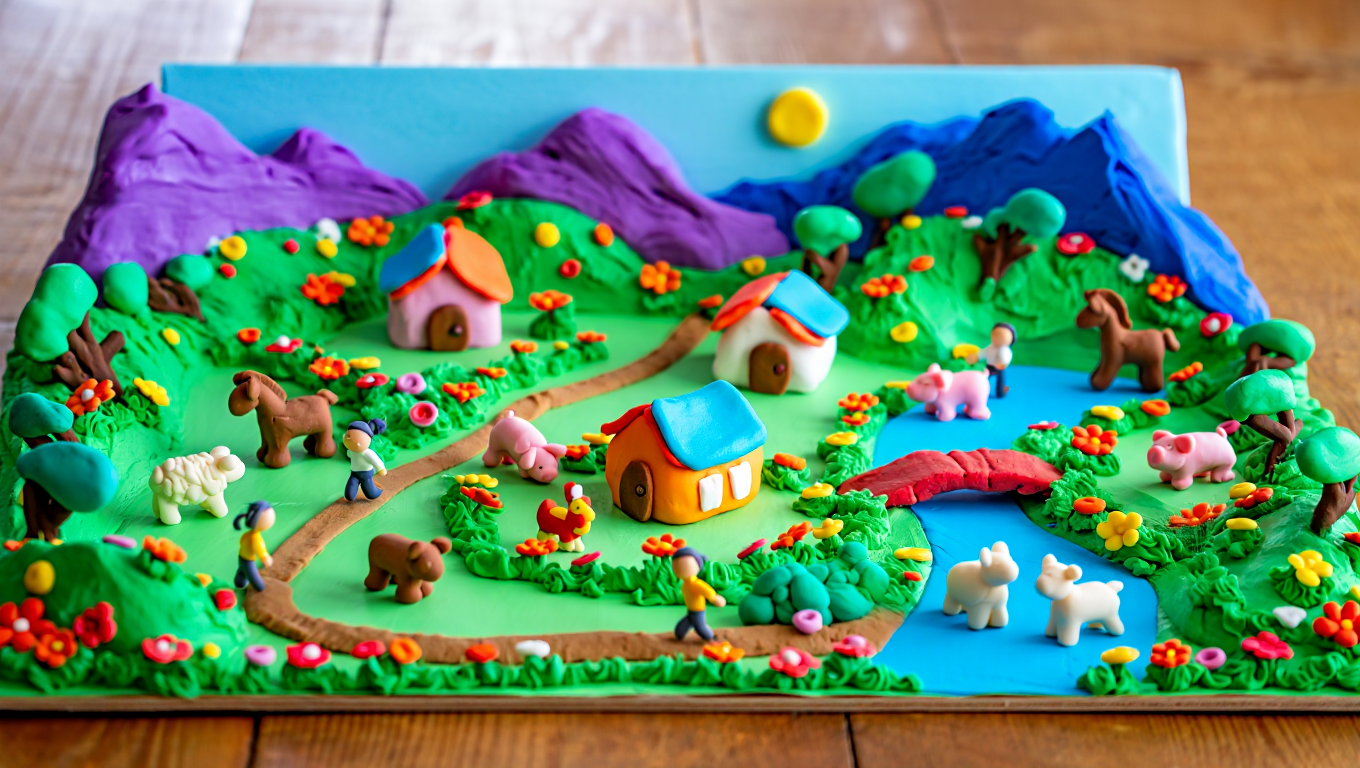
Four-year-olds have big ideas that need outlets for expression. These preschool activities for 4 year olds give children the freedom to create, build, and tell stories in their own unique ways.
1. Recycled Art Robots
Turn empty boxes, toilet rolls, and bottle caps into robot friends. Children paint and glue pieces together while creating backstories for their creations.
This activity lets kids see ordinary trash become something special. They can make their robots move, talk, or even have special powers.
- Learning Focus: Fine motor skills, creativity, storytelling, and environmental awareness
- What You’ll Need: Clean recyclables (boxes, bottles, caps), non-toxic paint, glue sticks, markers, scissors
2. Finger Puppet Storytime
Small socks become characters for original tales. Kids slip them on fingers and create voices, plots, and adventures. Each puppet can have its own personality and special traits.
Children often surprise parents with their creative stories and character interactions.
- Learning Focus: Language development, imagination, social skills, and narrative thinking
- What You’ll Need: Old socks, buttons, fabric markers, small fabric scraps, glue dots
3. Build-a-World with Playdough
Create entire landscapes with homemade dough. Mountains, houses, animals, and people come to life through small hands.
Children can build cities, farms, or fantasy worlds. The dough stays soft for hours of continued play and rebuilding.
- Learning Focus: Spatial awareness, hand strength, planning skills, and vocabulary building
- What You’ll Need: Flour, salt, water, food coloring, small toys, rolling pins, cookie cutters
4. Color Mixing with Ice Cubes
Frozen paint cubes melt into new colors on paper. The process teaches color theory while creating beautiful art. Children watch colors blend and change as ice melts.
Each piece becomes a unique work of art that can’t be repeated exactly.
- Learning Focus: Color recognition, cause and effect, patience, and scientific observation
- What You’ll Need: Ice cube trays, washable paint, water, thick paper, small brushes
5. Rainbow Collage Hunt
Search for items in every color of the rainbow, then arrange them on paper.
This combines treasure hunting with art creation. Children learn to see colors in everyday objects. The finished collage becomes a colorful memory of their hunting success.
- Learning Focus: Color sorting, observation skills, planning, and fine motor coordination
- What You’ll Need: Collection bags, color reference chart, glue sticks, large paper, scissors
6. DIY Musical Shakers
Fill containers with different materials to create unique sounds. Rice, beans, and pasta make distinct musical tones.
Children can create rhythm patterns and play along to their favorite songs. Each shaker produces its own special sound signature.
- Learning Focus: Rhythm recognition, listening skills, cause and effect, and musical appreciation
- What You’ll Need: Empty bottles or containers, rice, beans, pasta, tape, decorative materials
7. Shadow Tracing Art
Use natural sunlight or lamps to cast shadows of toys and hands. Children trace the shapes and create shadow stories. This activity works best near windows during sunny days.
The traced shadows can become part of larger artworks or stories.
- Learning Focus: Hand-eye coordination, shape recognition, light concepts, and creative thinking
- What You’ll Need: Various small objects, paper, crayons or markers, light source (sun or lamp)
8. Paper Plate Emotion Masks
Design faces showing different feelings like happy, sad, or surprised.
This helps children recognize and express emotions. Each mask can represent a different mood or character. Children can wear them during dramatic play or storytelling time.
- Learning Focus: Emotional awareness, facial recognition, empathy, and self-expression
- What You’ll Need: Paper plates, markers, yarn, craft supplies, scissors, glue sticks
Engaging Activities That Promote Learning Through Play
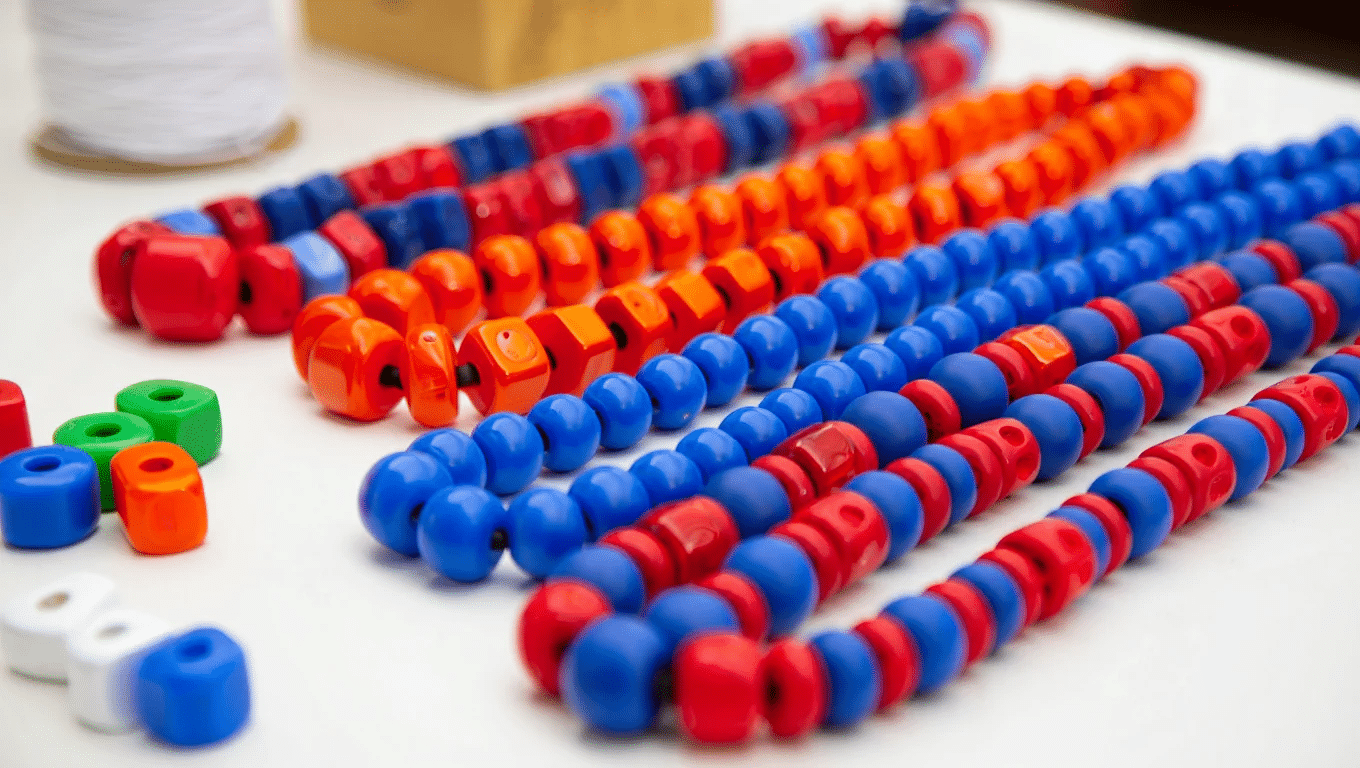
Learning happens best when children don’t realize they’re being taught. These preschool activities for 4 year olds sneak important skills like math, science, and reading into fun games that feel like pure play.
9. Alphabet Scavenger Hunt
Find objects starting with each letter around the house or yard. This makes letter recognition active and memorable. Children can collect items in bags or take photos of larger objects.
The hunt can focus on just a few letters or work through the whole alphabet.
- Learning Focus: Letter recognition, phonics awareness, vocabulary building, and problem-solving
- What You’ll Need: Alphabet chart, collection bags, camera (optional), pencil for checking off letters
10. Sink or Float Water Play
Test different objects in water to see what happens. This introduces basic science concepts through hands-on testing. Children make predictions before testing each item.
They learn to observe carefully and think about why things behave differently in water.
- Learning Focus: Scientific thinking, prediction skills, observation, and vocabulary development
- What You’ll Need: Large bowl or container, water, various small objects, towels, notebook (optional)
11. Nature Texture Walk
Collect items with different textures like smooth rocks, rough bark, or soft leaves. This builds sensory awareness and vocabulary.
Children can create texture books or sort items by how they feel. The walk provides fresh air and exercise too.
- Learning Focus: Sensory development, descriptive language, classification skills, and nature appreciation
- What You’ll Need: Collection bags, magnifying glass (optional), notebook for drawing or writing
12. Count and Stack Cup Towers
Build towers while practicing numbers. Children count cups as they stack and learn about balance and height.
Towers can be built to match the number cards or compete for the tallest structure. When towers fall, children count again while rebuilding.
- Learning Focus: Number recognition, counting practice, balance concepts, and problem-solving
- What You’ll Need: Plastic cups, number cards, flat surface, measuring tape (optional)
13. Mystery Sound Box
Hide objects in covered containers and shake to identify contents. This develops listening skills and logical thinking. Children can take turns being the mystery maker and the guesser.
The game becomes more challenging with similar-sounding items.
- Learning Focus: Auditory discrimination, logical reasoning, vocabulary, and turn-taking skills
- What You’ll Need: Small boxes with lids, various small objects, tape to secure lids
14. Pattern Bead Necklaces
String beads following color or shape patterns. This teaches sequence recognition while creating wearable art.
Start with simple two-color patterns and progress to more complex designs. Children can wear their finished necklaces or give them as gifts.
- Learning Focus: Pattern recognition, sequencing, fine motor skills, and planning abilities
- What You’ll Need: Large beads, string or yarn, pattern cards, scissors, tape for string ends
15. Shape Sorting Relay
Run to collect shapes around the room and sort them into groups.
This combines physical activity with math concepts. Children can race against time or compete in teams. The activity gets bodies moving while reinforcing shape recognition.
- Learning Focus: Shape recognition, gross motor skills, sorting abilities, and following directions
- What You’ll Need: Colored paper shapes, labeled containers or hoops, timer (optional)
16. Weather Chart Journaling
Track daily weather with simple symbols and drawings. This builds observation skills and routine awareness. Children can predict tomorrow’s weather based on cloud patterns.
The chart becomes a record of seasonal changes over time.
- Learning Focus: Observation skills, pattern recognition, calendar concepts, and scientific thinking
- What You’ll Need: Weekly chart, weather symbols, crayons or markers, window for observation
17. Name Recognition Hop Game
Jump to letters that spell their name in order. This makes letter recognition physical and helps with name spelling. Children can hop, skip, or dance to each letter.
The game works well with siblings taking turns spelling different names.
- Learning Focus: Letter recognition, name spelling, gross motor skills, and sequence understanding
- What You’ll Need: Large letter cards, open floor space, children’s names written clearly
The Bottom Line
The right preschool activities for 4 year olds work best when they match each child’s unique personality and growth stage.
Some days call for quiet creative time, others need active play. Parents who stay flexible and watch their children’s reactions will find the perfect balance.
The most important part isn’t having the perfect activity plan. It’s joining in the fun and letting children lead sometimes. Their natural curiosity will guide parents toward what works best.
Ready to start building your activity collection? Try one new idea this week and see how your four-year-old responds.
For more weekly inspiration and printable activity guides, consider subscribing to our newsletter. Every day holds potential for something wonderful to happen.


